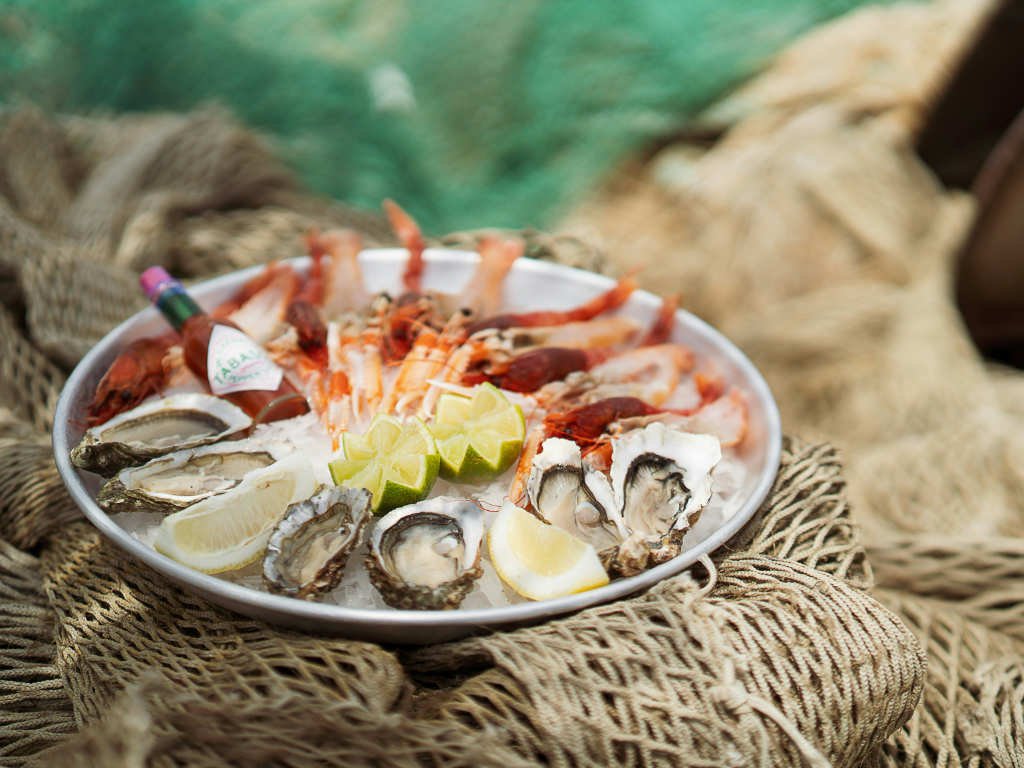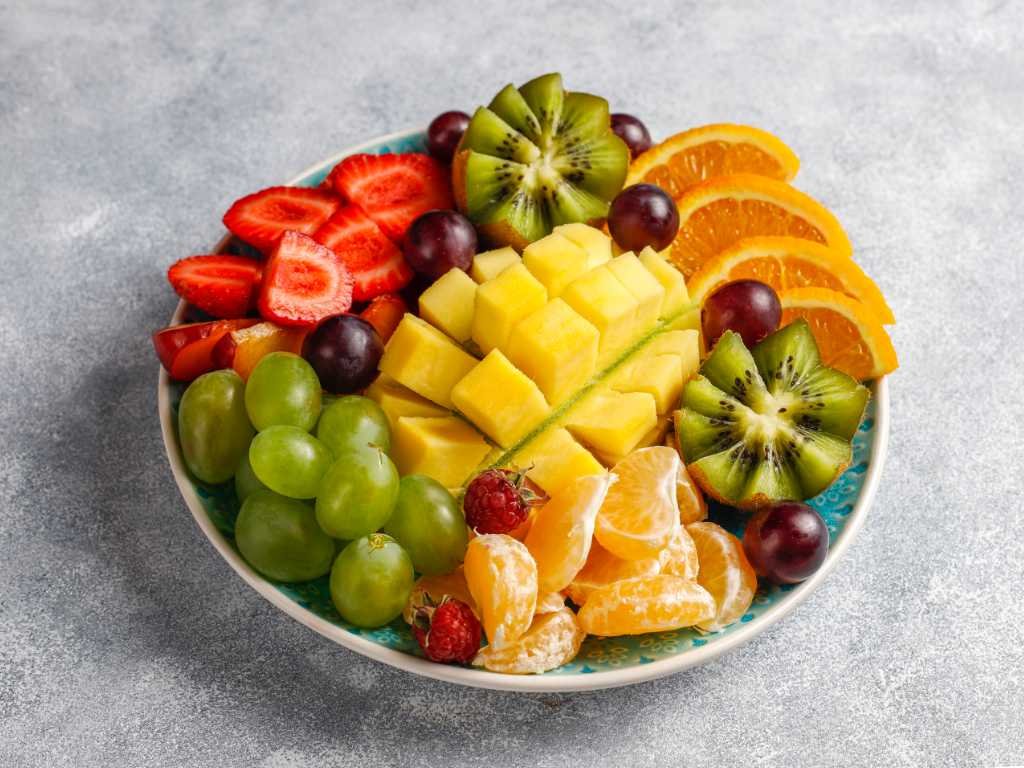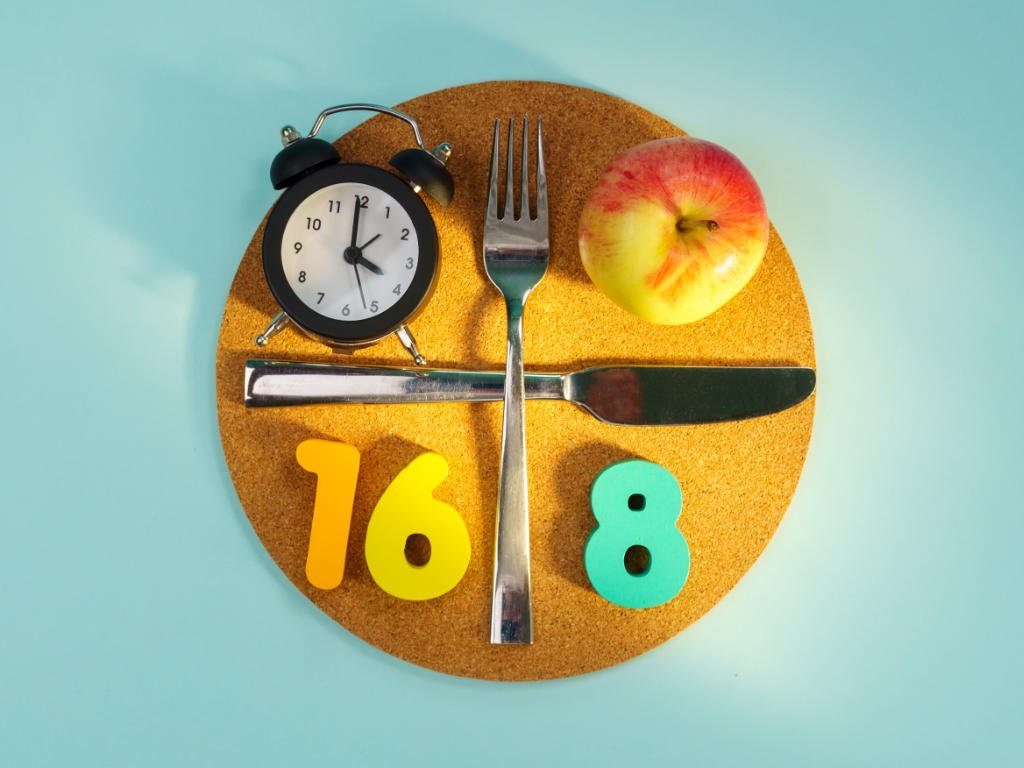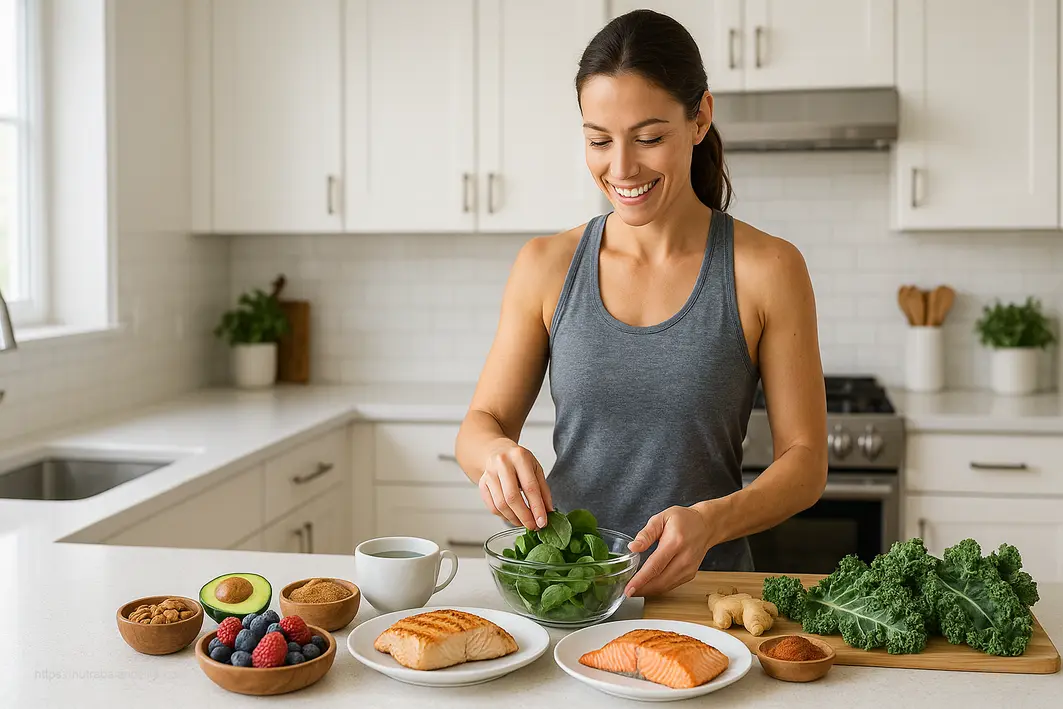Table of Contents
Ever wondered why some people seem to effortlessly maintain their weight while others struggle? The secret might be hiding in their kitchen cabinets. While there’s no magic bullet for weight loss, certain foods that boost weight loss can genuinely accelerate your journey toward a healthier you.
The truth is, not all calories are created equal. Some foods require more energy to digest, others keep you feeling full longer, and a few even give your metabolism a gentle nudge. When you understand which foods work hardest for your body, you’re already ahead of the game.
How Do Certain Foods Actually Boost Weight Loss?
Before we dive into the specific foods, let’s talk about the science. Weight loss fundamentally comes down to creating a caloric deficit – burning more calories than you consume. But here’s where it gets interesting: certain foods can tip the scales in your favor through various mechanisms.
The Thermic Effect of Food (TEF) is your body’s way of burning calories just to digest what you eat. Protein-rich foods have the highest TEF, requiring up to 20-30% of their calories just for digestion. Compare that to carbs (5-10%) and fats (3-5%), and you’ll see why protein is your weight loss ally.
Then there’s the satiety factor. High-fiber foods expand in your stomach, triggering fullness signals before you’ve consumed too many calories. It’s like having an internal portion control system.
Some foods also contain compounds that may temporarily boost your metabolic rate. While the effect isn’t dramatic, every little bit helps when you’re trying to shed pounds.
Top Protein Powerhouses for Weight Management
Fish and Seafood: The Ocean’s Weight Loss Gift
Fatty fish like salmon, mackerel, and sardines are absolute superstars when it comes to foods that boost weight loss. They’re packed with high-quality protein and omega-3 fatty acids, creating a perfect storm for fat burning.
Here’s what makes fish so special: your body works harder to digest protein, burning more calories in the process. Plus, omega-3s may help reduce inflammation and support healthy metabolism according to research from UnityPoint Health.
Try this: aim for at least two servings of fatty fish per week. Grilled salmon with herbs, tuna salad with avocado, or sardines on whole grain toast – all delicious and weight-loss friendly.

Lean Meats: Building Blocks for a Leaner You
Chicken breast, turkey, and lean cuts of beef aren’t just gym food – they’re strategic choices for weight management. The high protein content means your body burns more calories during digestion, and you’ll stay satisfied longer.
What’s really cool is that protein helps preserve muscle mass during weight loss. Since muscle tissue burns more calories at rest than fat tissue, maintaining your muscle is crucial for long-term weight management.
Plant-Based Protein Champions
Legumes and Beans: The Underrated Weight Loss Heroes
Don’t sleep on beans and lentils! These humble foods pack a serious punch for weight loss. They’re loaded with both protein and fiber – a combination that’s hard to beat.
Black beans, chickpeas, kidney beans, and lentils all belong in your weight loss toolkit. The fiber helps stabilize blood sugar levels, preventing those energy crashes that lead to cravings. Meanwhile, the protein keeps you feeling full and supports muscle maintenance.
Pro tip: Keep canned beans (low-sodium versions) in your pantry for quick meal additions. Toss them in salads, soups, or even pasta dishes for an instant protein and fiber boost.
The Mighty Chia Seed
These tiny seeds might look insignificant, but they’re nutritional powerhouses. Just one tablespoon of chia seeds contains about 5 grams of fiber and 3 grams of protein. When mixed with liquid, they expand and create a gel-like consistency that promotes fullness.
Research suggests that consuming chia seeds with meals can increase satiety and reduce subsequent food intake. Try adding them to smoothies, yogurt, or making overnight chia pudding for a satisfying breakfast.
Metabolism-Boosting Vegetables and Fruits
Cruciferous Vegetables: Nature’s Fat Burners
Broccoli, cauliflower, Brussels sprouts, and cabbage deserve a special place on your plate. These vegetables are incredibly low in calories but high in fiber and nutrients. They literally take up space in your stomach while providing minimal calories – it’s like getting full on air!
But there’s more to the story. Cruciferous vegetables contain compounds called glucosinolates, which may support your body’s natural detoxification processes. While we can’t claim they directly burn fat, they certainly support overall metabolic health.
Chili Peppers: Spice Up Your Weight Loss
Here’s where things get spicy – literally! Hot peppers contain capsaicin, the compound that gives them their heat. This substance can temporarily increase your body temperature and metabolic rate, causing you to burn more calories.
According to research, capsaicin may also help reduce appetite and increase fat oxidation. While the effect isn’t massive, it’s a tasty way to give your metabolism a gentle boost.
Don’t love super spicy food? Even mild peppers contain some capsaicin, so start there and work your way up.
Fruits: Nature’s Sweet Weight Loss Allies
Fruits often get a bad rap because of their natural sugar content, but they’re actually fantastic for weight loss when eaten whole. Apples, berries, and citrus fruits are particularly beneficial.
The fiber in whole fruits slows sugar absorption, preventing blood sugar spikes and crashes. Plus, the water content helps you feel full. An apple before a meal can actually help you eat less overall.
Berries deserve special mention – they’re lower in sugar than most fruits but packed with antioxidants and fiber. Blueberries, strawberries, and raspberries are all excellent choices.

Whole Grains vs. Refined: The Weight Loss Difference
Not all carbs are created equal, and this is especially true for weight loss. Whole grains like oats, quinoa, and brown rice require more energy to digest than their refined counterparts.
Studies show that people who eat whole grains tend to have lower body weights and smaller waist circumferences. The fiber content helps regulate blood sugar and keeps you feeling satisfied longer.
Swap white rice for brown rice, choose oatmeal over sugary cereals, and try quinoa as a protein-rich grain alternative. These small changes can add up to significant results over time.
Beverages That Support Weight Loss
Green Tea: The Metabolism Booster
While we’re focusing on foods, green tea deserves a mention for its potential metabolism-boosting properties. It contains catechins and caffeine, which may work together to increase fat oxidation and energy expenditure.
Research from WebMD suggests that green tea extract can enhance fat burning, especially when combined with exercise. Even if you’re not a tea lover, try incorporating 1-2 cups daily for potential benefits.
Water: The Ultimate Weight Loss Tool
Okay, water isn’t technically a food, but it’s so crucial for weight loss that it deserves recognition. Sometimes we mistake thirst for hunger, leading to unnecessary snacking. Staying well-hydrated helps prevent this confusion.
Plus, drinking water before meals can help you feel fuller and eat less. It’s the simplest and most effective weight loss “hack” you’ll ever find.
Creating Effective Food Combinations
The real magic happens when you combine these foods that boost weight loss strategically. Here are some winning combinations:
Protein + Fiber: Grilled chicken with broccoli and quinoa creates a perfect balance of protein and fiber that’ll keep you satisfied for hours.
Healthy Fats + Protein: Salmon with avocado provides omega-3s, protein, and healthy monounsaturated fats for optimal satiety.
Complex Carbs + Protein: Oatmeal with Greek yogurt and berries offers sustained energy and muscle-supporting protein.
These combinations work because they provide steady energy, prevent blood sugar spikes, and keep you feeling full between meals.
The Role of Portion Control
Even the best foods that boost weight loss can sabotage your efforts if you eat too much of them. Portion control is still crucial, but these foods make it easier by naturally promoting fullness.
Use smaller plates, eat slowly, and pay attention to hunger cues. When you’re eating nutrient-dense, satisfying foods, you’ll naturally eat less without feeling deprived.
Meal Timing and Frequency
When you eat can be almost as important as what you eat. Some people do well with three larger meals, while others prefer smaller, more frequent meals. The key is finding what works for your lifestyle and helps you maintain steady energy levels.
Incorporating protein at each meal helps maintain muscle mass and keeps your metabolism running efficiently. Don’t skip meals – this often leads to overeating later.

Common Mistakes to Avoid
Even with the best intentions, it’s easy to make mistakes that can derail your weight loss efforts:
Liquid Calories: Smoothies and juices can pack a lot of calories without providing the same satiety as whole foods. Stick to whole fruits and vegetables when possible.
Overdoing “Healthy” Foods: Nuts, avocados, and olive oil are healthy, but they’re also calorie-dense. A little goes a long way.
Ignoring Overall Balance: No single food will make or break your weight loss efforts. Focus on creating balanced meals with various nutrients.
Sustainable Habits vs. Quick Fixes
The most important thing to remember is that sustainable weight loss comes from developing healthy habits, not from following restrictive diets. These foods that boost weight loss should become regular parts of your diet, not temporary additions.
Think about changes you can maintain long-term. If you hate Brussels sprouts, don’t force yourself to eat them. Find other cruciferous vegetables you enjoy, or focus on different aspects of your diet.
For those looking to develop a comprehensive approach to weight management, consider exploring sustainable weight loss strategies that focus on long-term lifestyle changes rather than quick fixes.
Frequently Asked Questions
Q: How much weight can I lose just by eating these foods?
A: These foods support weight loss by increasing satiety, boosting metabolism slightly, and providing essential nutrients. However, weight loss still requires a caloric deficit. Combining these foods with appropriate portions and regular physical activity is key to meaningful results.
Q: Should I avoid all other foods and only eat these?
A: Absolutely not! These foods should be part of a balanced, varied diet. Restriction often leads to bingeing and isn’t sustainable long-term. Focus on incorporating more of these beneficial foods while maintaining overall dietary balance.
Q: How quickly will I see results?
A: Individual results vary, but many people notice increased energy and reduced cravings within the first week of incorporating these foods. Visible weight loss typically occurs over several weeks to months, depending on your starting point and overall approach.
Q: Can I eat as much of these foods as I want?
A: While these foods are more forgiving than processed options, portion control still matters. Foods like nuts, avocados, and oils are calorie-dense despite being healthy. Focus on balanced portions and listen to your body’s hunger cues.
Q: Are there any foods I should completely avoid?
A: Rather than completely avoiding foods, focus on limiting highly processed options that are high in added sugars, unhealthy fats, and empty calories. Occasional treats are fine as part of a balanced approach to eating.
Moving Forward With Your Weight Loss Journey
Now that you understand which foods that boost weight loss and how they work, it’s time to put this knowledge into action. Start by gradually incorporating more of these foods into your current diet rather than making drastic changes overnight.
Remember, sustainable weight loss is a journey, not a destination. Focus on creating healthy habits that you can maintain long-term. These foods aren’t magic pills, but they’re powerful tools that can make your weight loss journey more effective and enjoyable.
Combine these nutritional strategies with regular physical activity, adequate sleep, and stress management for the best results. For comprehensive guidance on creating a balanced approach to nutrition, check out our ultimate balanced diet guidelines to ensure you’re getting all the nutrients your body needs.
The path to a healthier weight starts with the choices you make at each meal. By choosing foods that boost weight loss, you’re not just eating for today – you’re investing in your long-term health and well-being. Start small, be consistent, and trust the process. Your future self will thank you for the changes you make today.



2 comments
[…] Weight loss typically involves creating a calorie deficit—burning more calories than you consume. But it’s not just about eating less; it’s about eating smarter. You need to maintain adequate protein intake to preserve muscle mass while losing fat. […]
[…] weight loss is a goal, learn about foods that boost weight loss or explore metabolism boosting strategies that can enhance your […]